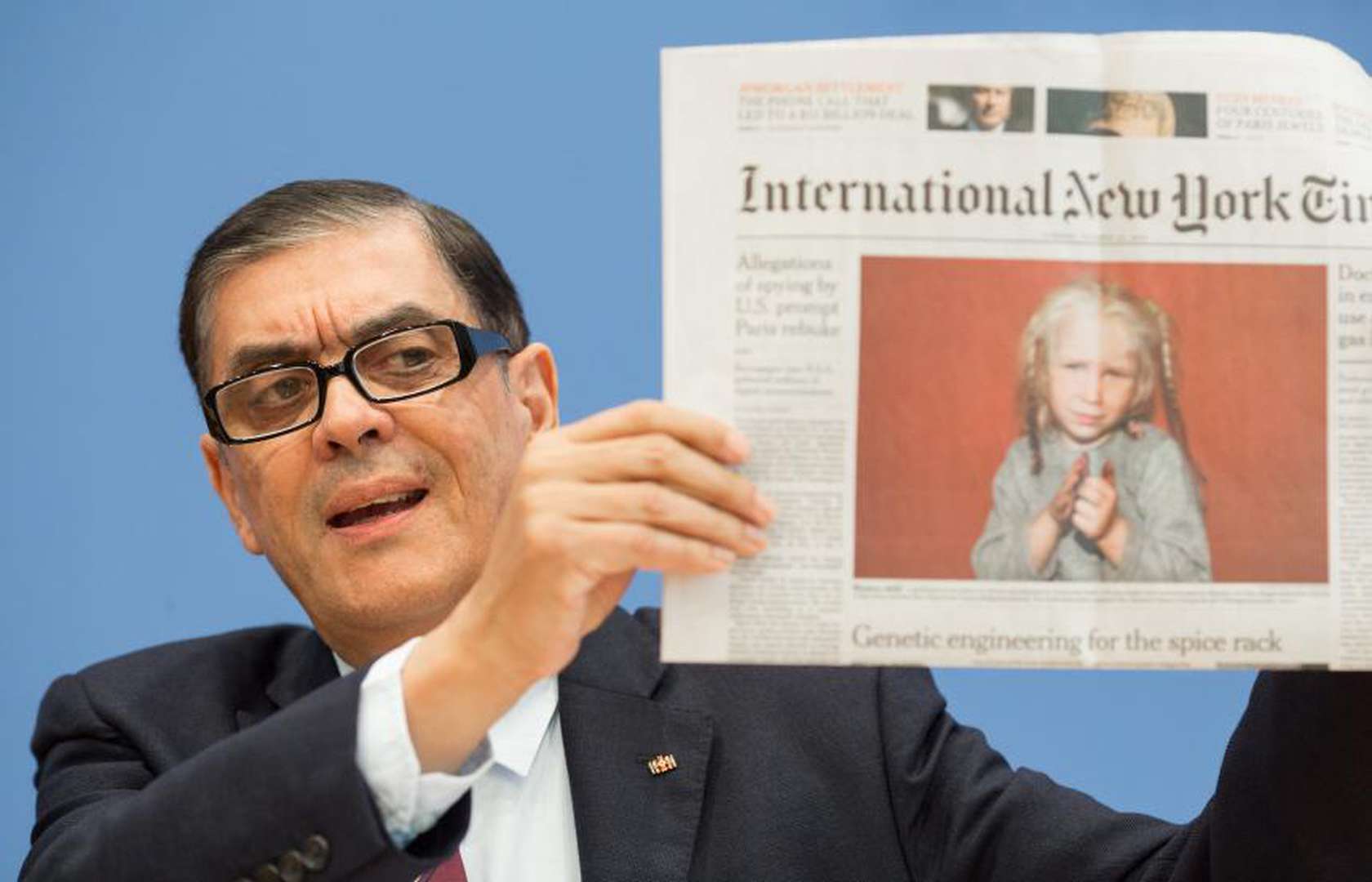At the end of October 2013, news organizations around the world reported on the case of Maria in Greece. A picture of the child even made it onto the front page of the New York Times. Maria's mother, a Bulgarian Roma woman, had given her into foster care with a Greek Roma family shortly after her birth. However, Maria was not officially adopted by her foster family. The child's appearance, her blond hair and fair skin, led the Greek authorities to suspect that she had been abducted. As a result, the child was removed from her foster family by police and placed in state care.
Media reports of the case started stacking up in short order. While the government investigation into the girl's origins was still ongoing, speculation regarding child abduction and child abuse by the Roma, including forced marriages and organ trafficking, was rampant. The media connected the story with the case of Madeleine (“Maddie”) McCann, a missing child from England, and other instances of child abduction. Many reports made the sweeping accusation that the Roma minority steals children. The media showed no inhibitions in taking up the centuries-old anti-Roma myth of “gypsies who steal children.”
Only a fraction of the news organizations admitted, after the details of the case were clarified, that old prejudices had influenced the reporting. Meanwhile, the national and international coverage, which went on for weeks, had serious consequences. Due to the police measures in the “Maria” case and the related news coverage, the children of two Roma families in Ireland were separated from their parents shortly afterwards by a disproportionate police operation and also given into state care.
These measures were taken on the basis of “observations by members of the public,” which noted the children's fair hair and skin. DNA testing subsequently showed that the parents were the biological parents in both cases. In both Greece and Ireland, the opinion of the Central Council of German Sinti and Roma was that police measures were based solely on pseudo-ethnic criteria, which caused the authorities to become suspicious when Roma families have blond children.
The negative effects of the media coverage could also clearly be felt in Germany; members of the Roma and Sinti minority reported to the Central Council their feelings of shame and humiliation in their interactions with neighbors and work colleagues. The children of Sinti and Roma were asked by their classmates in school whether they had been abducted, or whether their families stole children.
The Central Council's public statement pointed out that in no country can it be permissible for police statements and interventions to publicly place a minority under general suspicion and to socially exclude them. In the statement, the Central Council also called for measures to prevent such discriminatory actions, which are irreconcilable with the rule of law, by authorities in the future.
On November 5, 2013 the Central Council held a press conference entitled “Stolen Children? Roma in Europe pilloried – the responsibility of the media” in the House of the Federal Press Conference. This brought press and television coverage across Germany (including the public broadcaster ARD's nightly news show, Tagesschau). The Central Council of German Roma and Sinti emphasized in the press conference that it is the job of the police and state authorities to take action against every instance of human trafficking and illegal adoption. However, it is unacceptable to produce images in public which rouse and reinforce racist prejudices. The Central Council thus called on the newly constituted Bundestag to set up a commission of experts to document and measure hostility towards Sinti and Roma in Germany, and submit a report on the topic to the German Bundestag once per legislative cycle.
Jara Kehl is scientific staff member at the Central Council of German Sinti and Roma.
This text was first published in 2014 in Newess, the publication of the Documentation and Cultural Center of German Sinti and Roma.
Copyright: Documentation and Cultural Center of German Sinti and Roma




